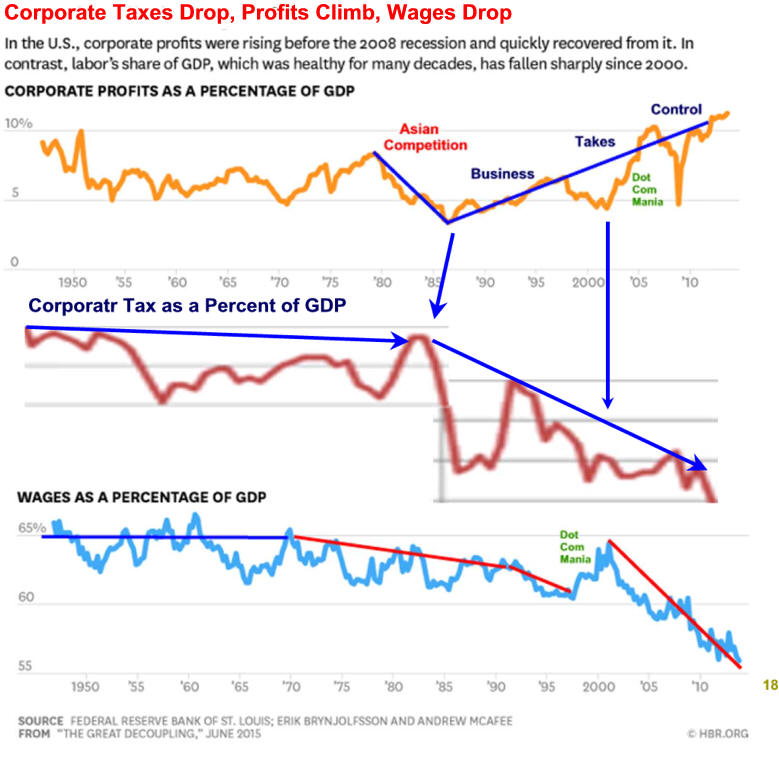
Part II Product and Factor Markets
This overview of
product and factor markets,
while written for the beginning
student, will be
much more informative with an additional
reading upon the completion of Parts I, II, and III
|
Part II Product and Factor Markets This overview of
product and factor markets,
while written for the beginning
student, will be |
|
I. Introduction
A. Part II investigates the many individual markets that exist in a market economy. B. Product markets and factor markets will be examined. C. Products include consumer goods and services and industrial goods. D. Factors include land, labor, capital, and enterprise. |
II. Product market models
|
Model |
Pure |
Monopolistic |
Oligopoly |
Monopoly |
|
Number of companies |
Infinite |
Many |
Few |
One |
|
Similarity of product |
Identical |
Different |
Standardized or |
Not Applicable |
|
Ease of new firm entry |
Very Easy |
Relatively Easy |
Very Difficult |
Not Possible |
|
Control over price |
None |
Some |
Interdependent |
Substantial |
|
Non-Price competition (Advertising) |
Industrial |
Substantial emphasizing |
More for Consumer than Industrial Goods |
Good Will |
|
Examples |
Agriculture |
Clothes |
Autos and Steel |
Utilities |
|
Note: A product's characteristics
determine its elasticity of demand.
III. Factor market models
|
C. Economic concerns to be evaluated when analyzing factor markets include:
1. Amount and proportion of factors hired
2. Amount and distribution of factor income
3. Economic efficiency of different models
Go to Economics 23 Pure Competition

|
|